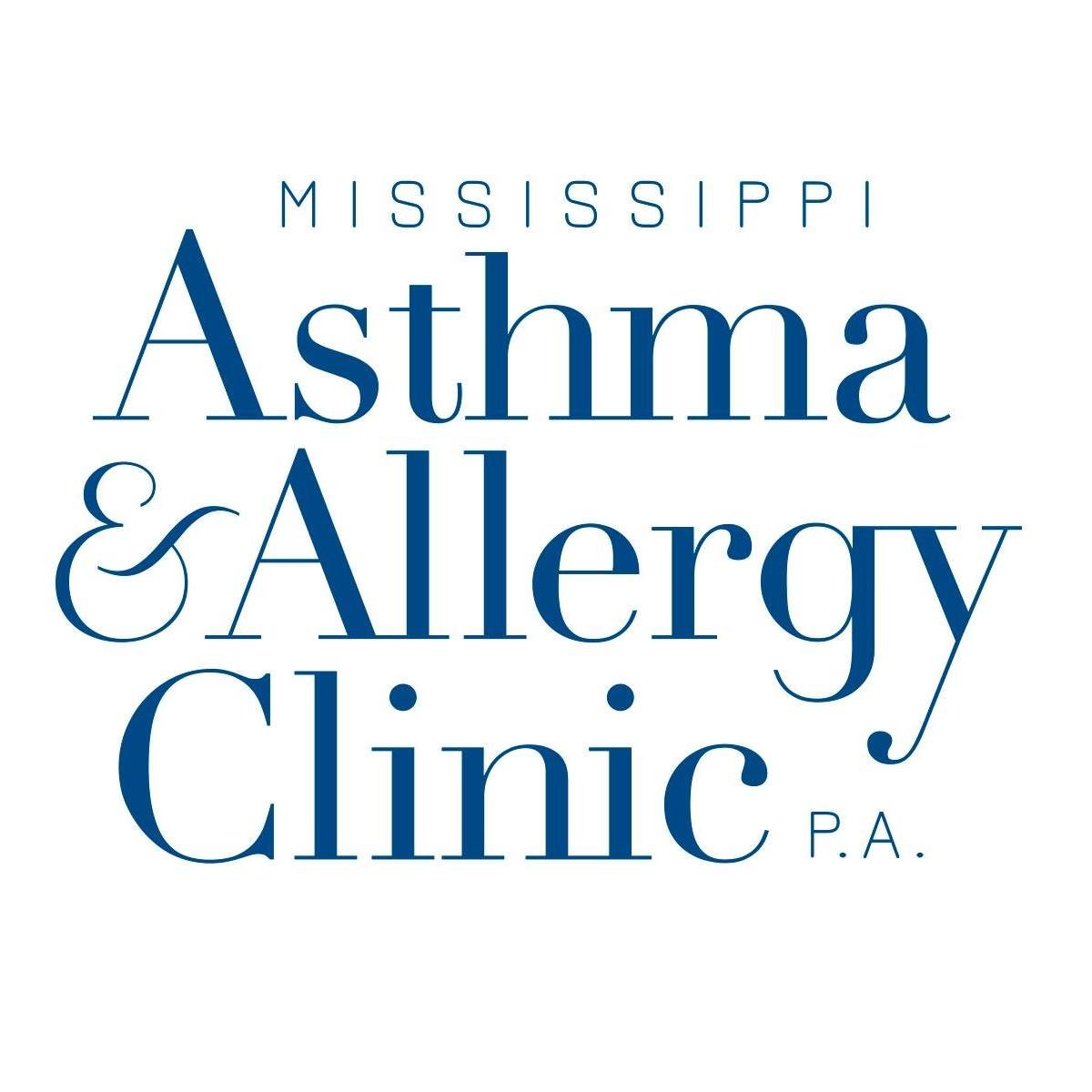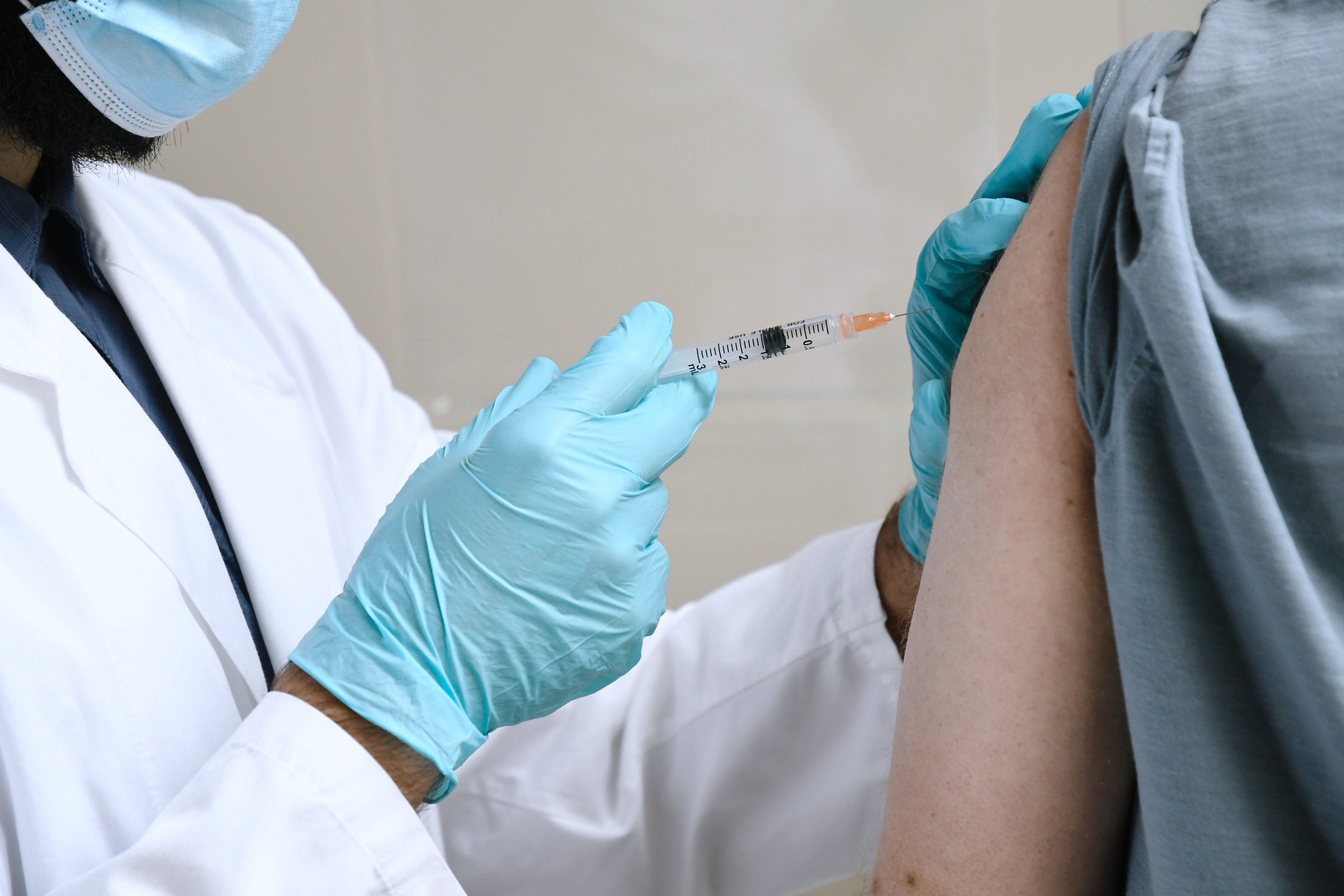Subcutaneous Immunotherapy
Subcutaneous allergen immunotherapy (SCIT), also known as “allergy shots,” may help people who suffer from allergic asthma, rhinitis, conjunctivitis, or stinging insect allergies. Pollen, mold, animal dander, and insect venom are made up of substances called allergens which trigger allergy symptoms upon exposure. The goal of immunotherapy is to decrease sensitivity to allergens.
Numerous studies have shown that SCIT decreases asthma symptoms and can slow the progression of asthma in allergic individuals. It is the only therapy that is disease-modifying rather than just treating the symptoms. SCIT may be helpful for some people with atopic dermatitis (eczema) depending on their sensitivities. It is not currently indicated for food allergies.
While this therapy is not a cure, it may bring long lasting relief of allergy symptoms even after treatment is stopped. It can also be an effective way to reduce symptoms in people who do not wish to take daily medications. It is cost-effective over the long-term due to reduced doctor visits and medications.
How Does It Work?
With allergy shots, increasing amounts of an allergen are given at regular intervals. Over time, the body develops immunity or tolerance to the offending allergen(s), decreasing symptoms when exposed. There are generally two phases to immunotherapy:
Build-up phase: Weekly injections are given with increasing amounts of the allergens at each visit. The length of this phase generally ranges from 9-12 months.
Maintenance phase: Once the effective therapeutic dose is reached, there will be longer periods of time between shots, ranging from 2-4 weeks. Patients generally continue SCIT for 2-5 years depending on several factors including history of asthma and response to treatment.
You may notice a decrease in symptoms during the build-up phase, but it may take as long as 6 months on the maintenance dose to notice an improvement. The effectiveness of SCIT appears to be related to the duration of treatment and the dose given.
Risks
Reactions to SCIT can include any of the following symptoms: itchy eyes, nose, or throat, nasal congestion, runny nose, tightness in the throat or chest, coughing, wheezing, lightheadedness, loss of consciousness, nausea, vomiting, hives, swelling, generalized itching, and rarely, shock which may be life-threatening.
Where Should Immunotherapy Be Administered?
Adverse reactions to immunotherapy are rare but can require immediate medical attention. This is why immunotherapy must be administered in a medical facility appropriately outfitted with equipment and staff capable of identifying and treating these reactions. You are required to wait in the clinic where you receive injections for 20-30 minutes after each injection.

